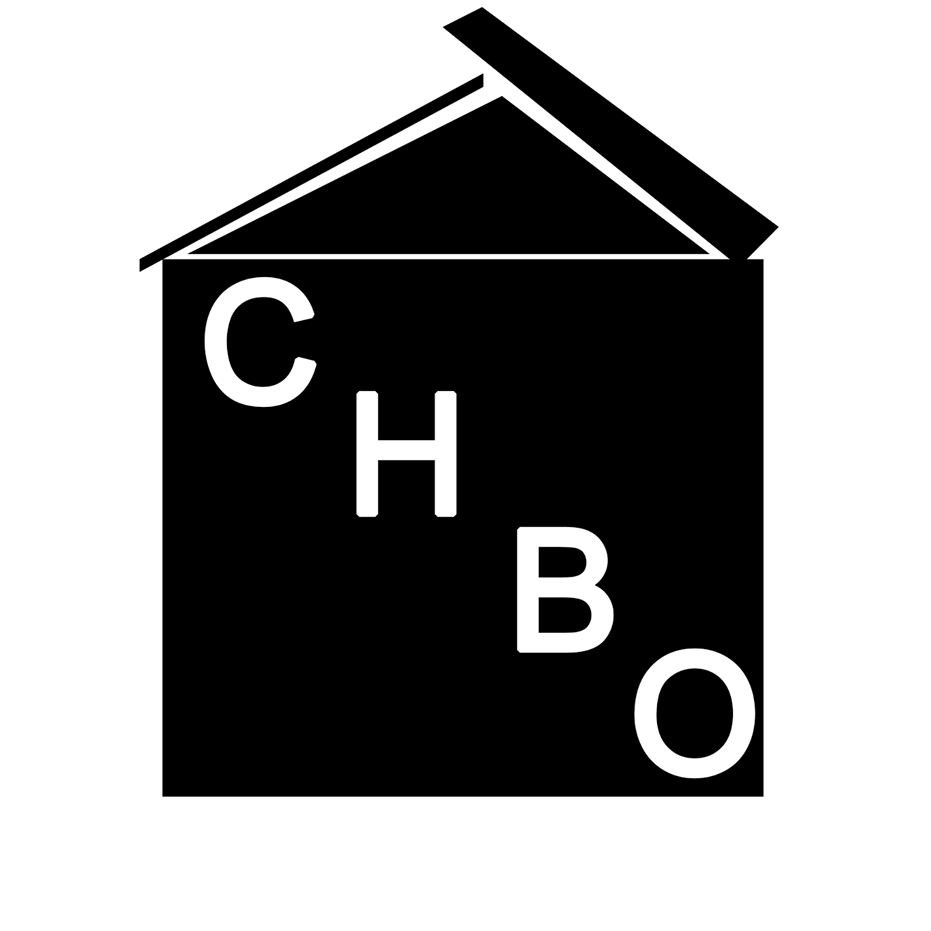What Should Be in Your Corporate Housing Property Manual?
 Admin
Admin
Published Date: 2011-11-22
 Managing your tenants is key to being a successful corporate housing landlord. While your tenants will be living in your property, remember that they are new to the home and neighborhood. They are likely busy business travelers or relocating families adjusting to a new job, schedule or lifestyle.
Tenants probably won’t know how to do simple things, like operate your heating, air conditioning or other appliances in your corporate rental. They will need your guidance. They will also appreciate any insight you can offer as far as proper protocol for taking care of the property and what they should do in case of emergency or when maintenance issues arise.
This is where a property manual comes in very handy. A property manual can simply be a binder filled with information about the property, emergency contact numbers, maps to grocery stores (maybe even a grocery rewards card), take out menus, instructions on how to work the cable, internet, hot tub, security system, etc.
Here are just a few things you must be sure your property manual includes:
Unit Instructions:
Managing your tenants is key to being a successful corporate housing landlord. While your tenants will be living in your property, remember that they are new to the home and neighborhood. They are likely busy business travelers or relocating families adjusting to a new job, schedule or lifestyle.
Tenants probably won’t know how to do simple things, like operate your heating, air conditioning or other appliances in your corporate rental. They will need your guidance. They will also appreciate any insight you can offer as far as proper protocol for taking care of the property and what they should do in case of emergency or when maintenance issues arise.
This is where a property manual comes in very handy. A property manual can simply be a binder filled with information about the property, emergency contact numbers, maps to grocery stores (maybe even a grocery rewards card), take out menus, instructions on how to work the cable, internet, hot tub, security system, etc.
Here are just a few things you must be sure your property manual includes:
Unit Instructions:
- Arrival and departure information
- Key and any garage or building access instructions and fees for replacement
- Parking location (if assigned) and instructions
- Thermostat adjusting instructions
- Trash day notices
- Instructions on how to use major appliances and electronics (including special instructions for your remote controls!)
- Any cleaning instructions or cleaning product recommendations
- Building Map and fire escape information
- A copy of HOA Rules & Regulations
- Neighborhood information, including directions to the nearest grocery stores, highways, malls, major offices and popular restaurants (you can also include a directory of good take out restaurants too!) Print out maps/directions to help your renter get around.
- Local police and fire departments
- Your emergency contact numbers
- The number of a trusted neighbor
- Any maintenance or important building/property contacts




